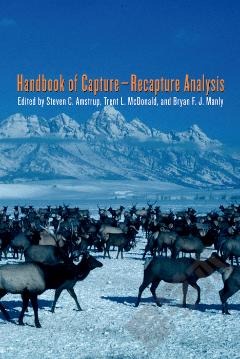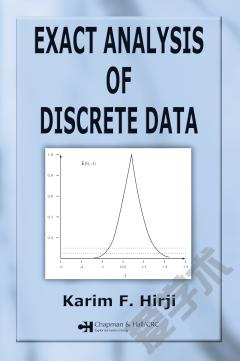Analysis of Capture-Recapture Data
Introduction History and motivation Marking Introduction to the Cormorant data set Modelling population dynamics Model fitting, averaging, and comparison Introduction Classical inference Bayesian inference Computing Estimating the size of closed populations Introduction The Schnabel census Analysis of Schnabel census data Model classes Accounting for unobserved heterogeneity Logistic-linear models Spuriously large estimates, penalized likelihood and elicited priors Bayesian modeling Medical and social applications Testing for closure-mixture estimators Spatial capture-recapture models Computing Survival modeling: single-site models Introduction Mark-recovery models Mark-recapture models Combining separate mark-recapture and recovery data sets Joint recapture-recovery models Computing Survival modeling: multi-site models Introduction Matrix representation Multi-site joint recapture-recovery models Multi-state models as a unified framework Extensions to multi-state models Model selection for multi-site models Multi-event models Computing Occupancy modelling Introduction The two-parameter occupancy model Extensions Moving from species to individual: abundance-induced heterogeneity Accounting for spatial information Computing Covariates and random effects Introduction External covariates Threshold models Individual covariates Random effects Measurement error Use of P-splines Senescence Variable selection Spatial covariates Computing Simultaneous estimation of survival and abundance Introduction Estimating abundance in open populations Batch marking Robust design Stopover models Computing Goodness-of-fit assessment Introduction Diagnostic goodness-of-fit tests Absolute goodness-of-fit tests Computing Parameter redundancy Introduction Using symbolic computation Parameter redundancy and identifiability Decomposing the derivative matrix of full rank models Extension The moderating effect of data Covariates Exhaustive summaries and model taxonomies Bayesian methods Computing State-space models Introduction Definitions Fitting linear Gaussian models Models which are not linear Gaussian Bayesian methods for state-space models Formulation of capture-re-encounter models Formulation of occupancy models Computing Integrated population modeling Introduction Normal approximations of component likelihoods Model selection Goodness of fit for integrated population modelling: calibrated simulation Previous applications Hierarchical modelling to allow for dependence of data sets Computing Appendix: Distributions reference Summary, Further reading, and Exercises appear at the end of each chapter.
{{comment.content}}








 京公网安备 11010802027623号
京公网安备 11010802027623号